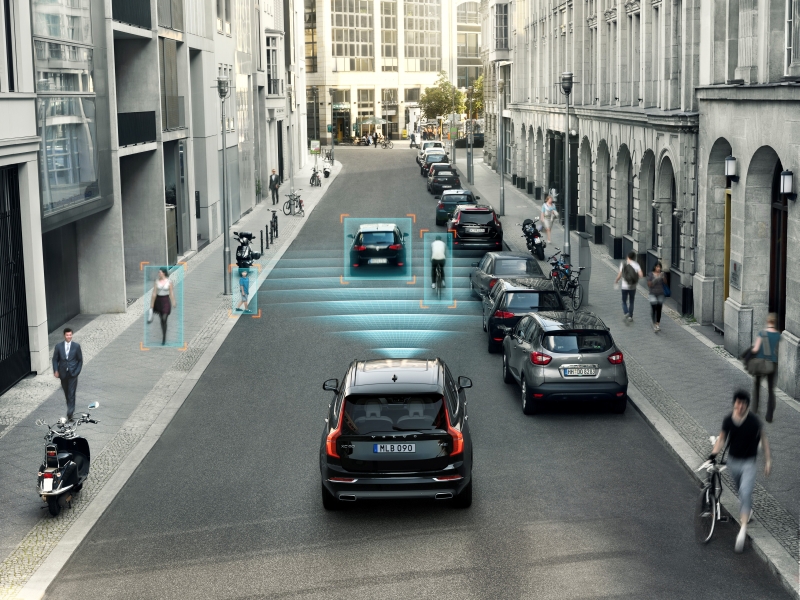Enhanced Protection
Volvo have been busy working on more innovative and practical safety advancements for the new XC90. ‘City Safety’ has become the nomenclature for the wide umbrella of safety technology and autonomous functions which new Volvo cars will offer. Among the advancements are the 360º camera which scans the car’s surroundings, a higher working speed of 50 km/h for the auto-braking function, additionally, the system now detects cyclists and large animals apart from other vehicles and pedestrians. Furthermore, it works during the day as well as at night. The system also works around corners. It helps avoid collisions when coming out of tight lanes, or even when reversing out of a parking spot, by warning of oncoming traffic.
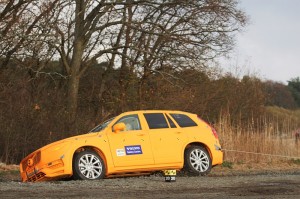
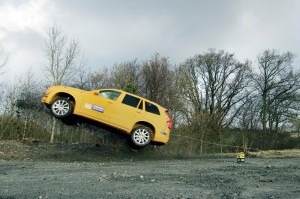
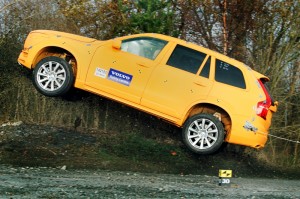
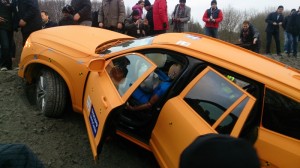
The XC90 also introduces a new ‘run-off-road crash safety’ feature which provides maximum protection to the cabin and occupants in the event of the car going off the road and into a ditch. World media were invited, as was Car India, to witness the test at their Safety Test Centre. An XC90 loaded with a driver dummy, a co-passenger dummy, and a baby dummy in a rear-facing child-seat barrelled out of the facility at 80 km/h and off the road into an 800-mm deep ditch, launched itself into the air, crashed front first and proceeded to hit the wall of mud. All of this happened in barely a few seconds. The result? The front-end suffered the most damage, but the cabin was intact and the doors could be individually opened. Such is the effectiveness of the system.
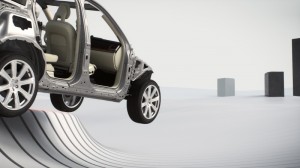
Volvo have considered that there can be common as well as complex situations. Occupants can move in different directions depending on the type of surface and spinal injuries are over-represented. Higher speeds will always mean more serious consequences. It is interesting to note that the impact to passengers is additionally cushioned by the seat-mounting structure which now adds yet another deforming element.
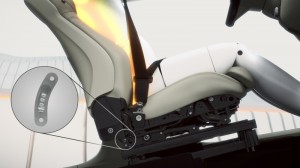
This is specifically designed to prevent irreparable damage to the spinal cord from severe vertical impact loads. Occupant posture, vertical acceleration and hard landings in different directions and their influence on spine injuries have all been considered. The run-off-road crash protection system features millisecond response with detection when running off the road. Safety belts tighten automatically to retract occupants and the energy-absorbing functionality in the seat helps cushion vertical forces.
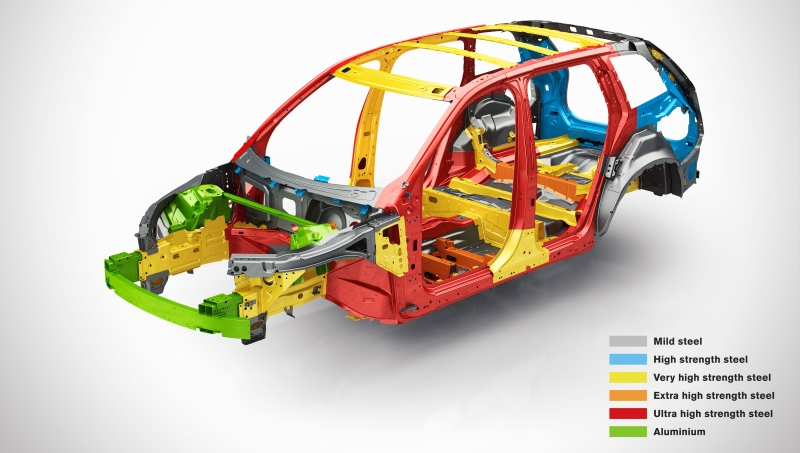
While that is a significant addition, it remains just another part of the build structure. The chassis itself uses 30 per cent more boron steel (ultra high-strength steel in common language) to make for a lighter, stronger Safety Cage. No, boron steel is not lighter or stronger than carbon-fibre, but it is far more affordable to use in large quantities to make a car which doesn’t require you to sell off property situated in prime locales. As a result, the new XC90 weighs up to 250 kg lower than its competitors. The safety aspect in the hybrid cars is also extensively considered with the battery pack mounted longitudinally where a propeller shaft would otherwise be. The side-impact structure on either side in these cars has also been appropriately reinforced.


